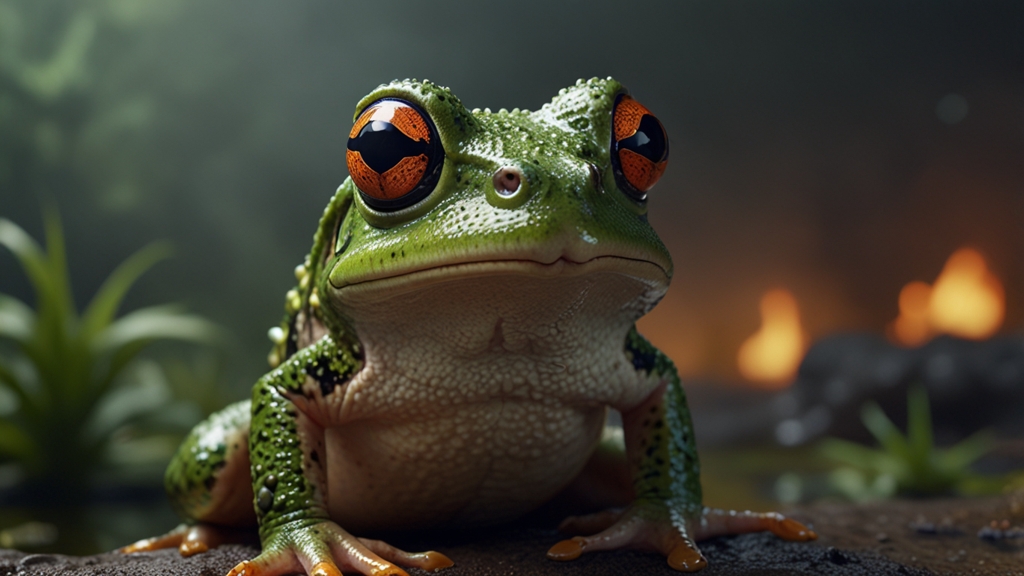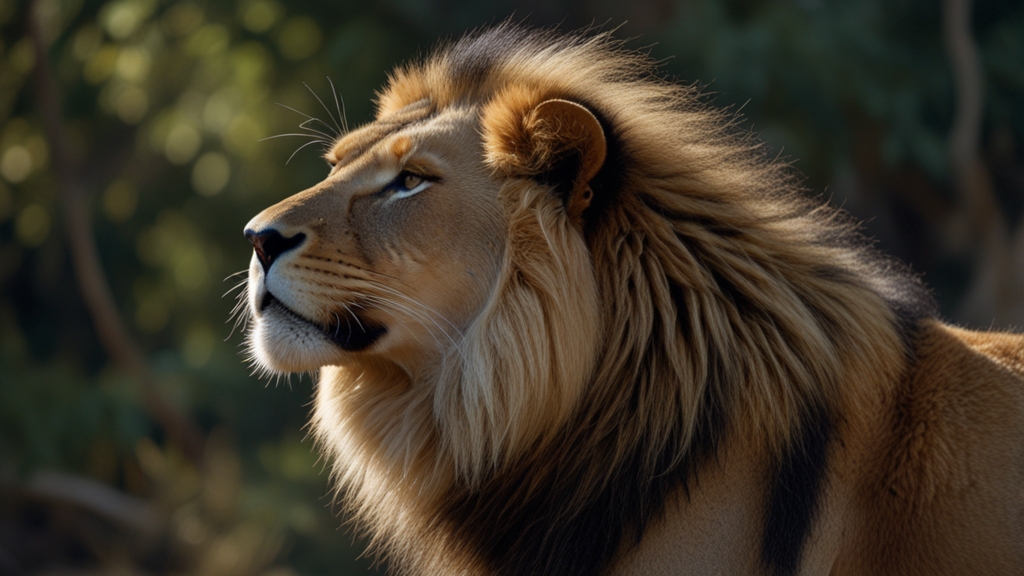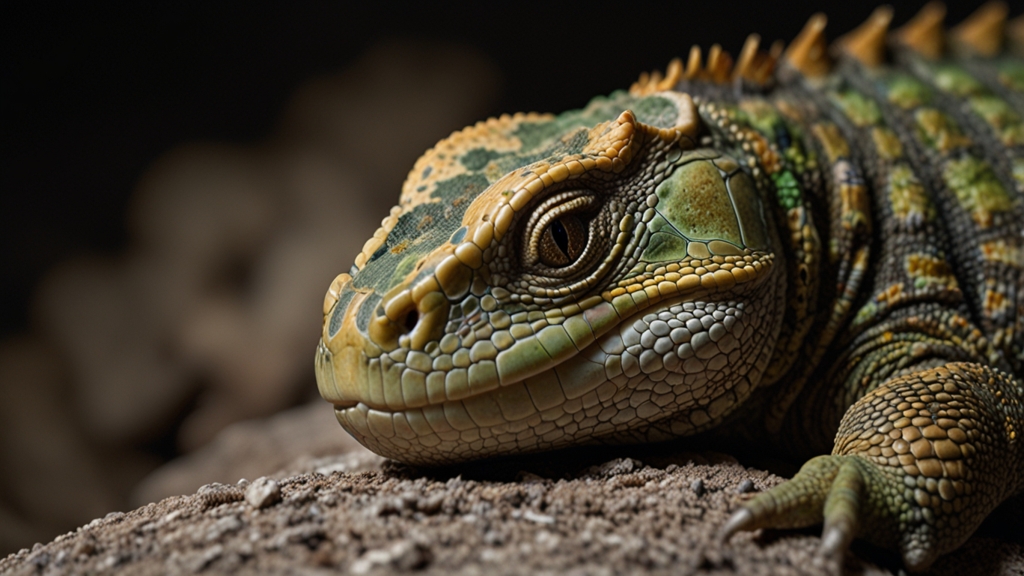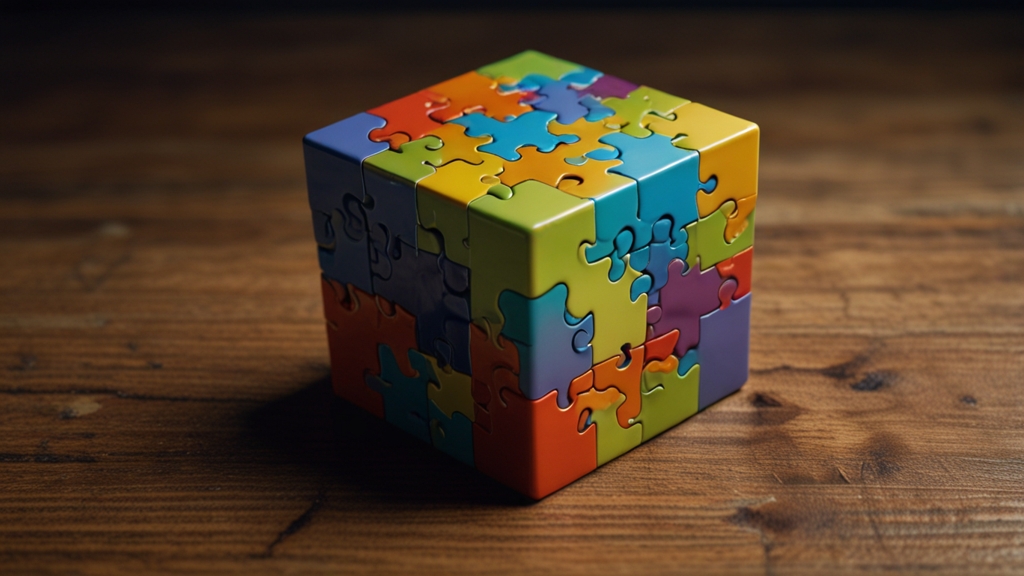The Mythical World of Frog Legends Across Cultures
Frogs have been subjects of fascination and reverence in various cultures around the world. These small amphibians appear in myths, legends, and folklore, often symbolizing transformation, fertility, and renewal. Exploring the mythical world of frog legends across cultures reveals not only the unique perspectives and beliefs of different societies but also some universal themes.
Frogs in Ancient Egyptian Mythology
In ancient Egypt, frogs were associated with fertility and rebirth due to their ability to lay numerous eggs and their emergence after the annual flooding of the Nile River. The frog-headed goddess Heket was an important deity, symbolizing fertility, childbirth, and creation. She was often depicted as a woman with the head of a frog or a frog lying on a lotus leaf.
"Heket, the ancient Egyptian goddess of fertility and childbirth, was revered for her connection to the life-giving properties of water and her role in the creation myth. Her frog form represented the abundance of life that follows the inundation of the Nile." — Egyptian Mythological Texts
The Frog in Chinese Culture
In Chinese mythology, the frog often appears in stories relating to the moon. One of the most famous legends is that of the Moon Frog, believed to reside in the moon, constantly pounding the elixir of immortality. This legend is reflected in the famous Chinese Mid-Autumn Festival, where the full moon is celebrated, and frog-shaped pastries are sometimes prepared to honor this connection.
"According to Chinese folklore, the Moon Frog is a symbol of immortality and renewal. It is believed that seeing a frog during the Mid-Autumn Festival is a sign of good fortune and a prosperous life." — Traditional Chinese Stories
Frog Legends in Native American Traditions
Native American tribes also hold frogs in high regard, often viewing them as rainmakers and bearers of good fortune. For example, the Hopi people believe that frogs and toads bring rain, which is essential for their agriculture in the arid Southwest. Frog motifs can be found in their ritual dances, pottery, and other cultural expressions.
In some Native American creation myths, frogs are seen as messengers between the earthly and spiritual realms. They are sometimes credited with calling for rain and ensuring a bountiful harvest, thus playing a critical role in the cycles of nature and survival.
The Irish Mythology of Frogs
In Irish mythology, frogs and toads are often associated with transformation and magic. They appear in various tales as enchanted creatures that can change their form or grant wishes. One popular legend is that of the "Toadstone," a magical gem believed to be found within the head of a toad, which could cure ailments and protect against poisons.
Frogs also appear in Irish folklore as symbols of protection. It was believed that carrying a frog or even an amulet shaped like a frog would protect individuals from misfortune and bring good health.
Conclusion
The mythical world of frog legends offers a fascinating glimpse into human culture and belief systems. From the fertility gods of ancient Egypt to the rain-bringing deities of Native American traditions, frogs have been symbols of transformation, fertility, and luck. These small, unassuming amphibians continue to leap through the pages of mythology, representing a bridge between the natural world and the realm of the divine.
"Frogs have always been more than just creatures of ponds and rivers. They are ancient symbols of mystery and transformation, bridging the gap between the seen and the unseen worlds." — Mythological Studies Journal
Understanding these legends not only enriches our knowledge of cultural history but also highlights the shared human experience reflected in our myths and stories.








